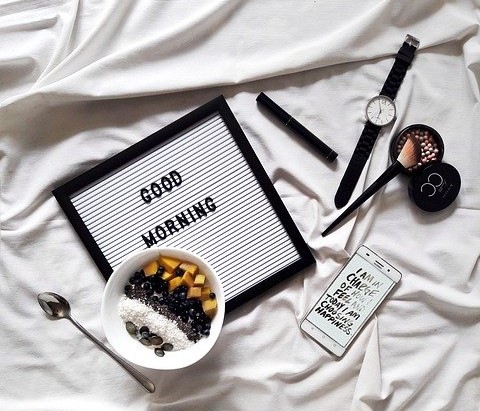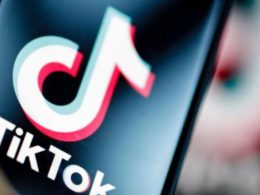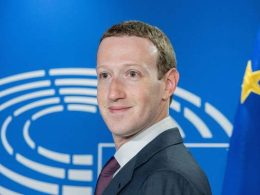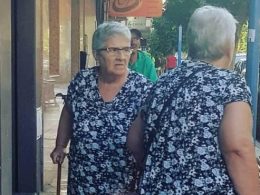Influencer marketing appears as an essential tool in this competitive sector that is expected to have a value of 511,000 million dollars in 2021 and in which 86% of sales are made online. The tools and formats for brands are multiplying: purchase buttons, augmented reality, live purchases, but authenticity and data are still essential.
This new study on beauty in influencer marketing, based on data from the Influencers Marketing platform Kolsquare , takes stock of the past year and current trends.
The key insights from this analysis
In 2020, 1,210,622 pieces of beauty content were posted on social media.
The average engagement rate of beauty influencers on Instagram is 3.2% in the UK, 4.7% in France, 3.4% in Spain and 4.9% in Germany.
90.4% of beauty-related posts in 2020 were published on Instagram.
TikTok is booming with consumable content for skincare and makeup addicts around the world, and it’s changing the way we shop for beauty.
TikTok has the highest average engagement rate at 4.9%.
The average UK TikTok user will spend around an hour a day on the app, with a record 315 million people signing up for the platform during the first quarter of 2020.
Trends to watch out for
Among the ten trends that are analyzed in this report, the following stand out:
Skinfluencers , dreams of beautiful skin: Skinfluencers, skincare enthusiasts, and pharmfluencers, influencers with a scientific profile, talk about ingredients and skin types, are especially present on Instagram and TikTok.
Self-care: The “skip-care” trend is imposed and searches for homemade skin care products, wellness products and cocooning, products for bath rituals are skyrocketing. Brands that offer natural products and play the card of transparency and commitment are on the rise. Caudalie example, LUSH or Pharm & B .









